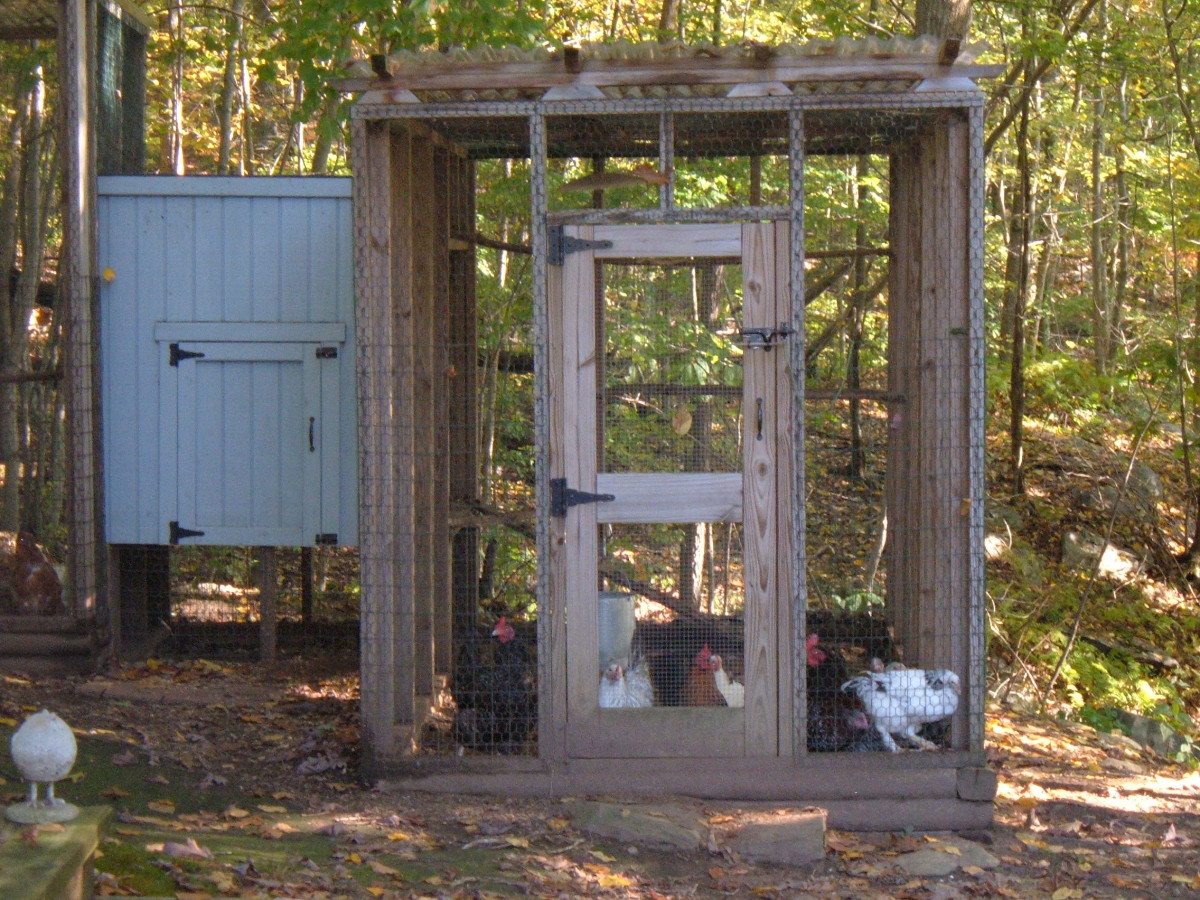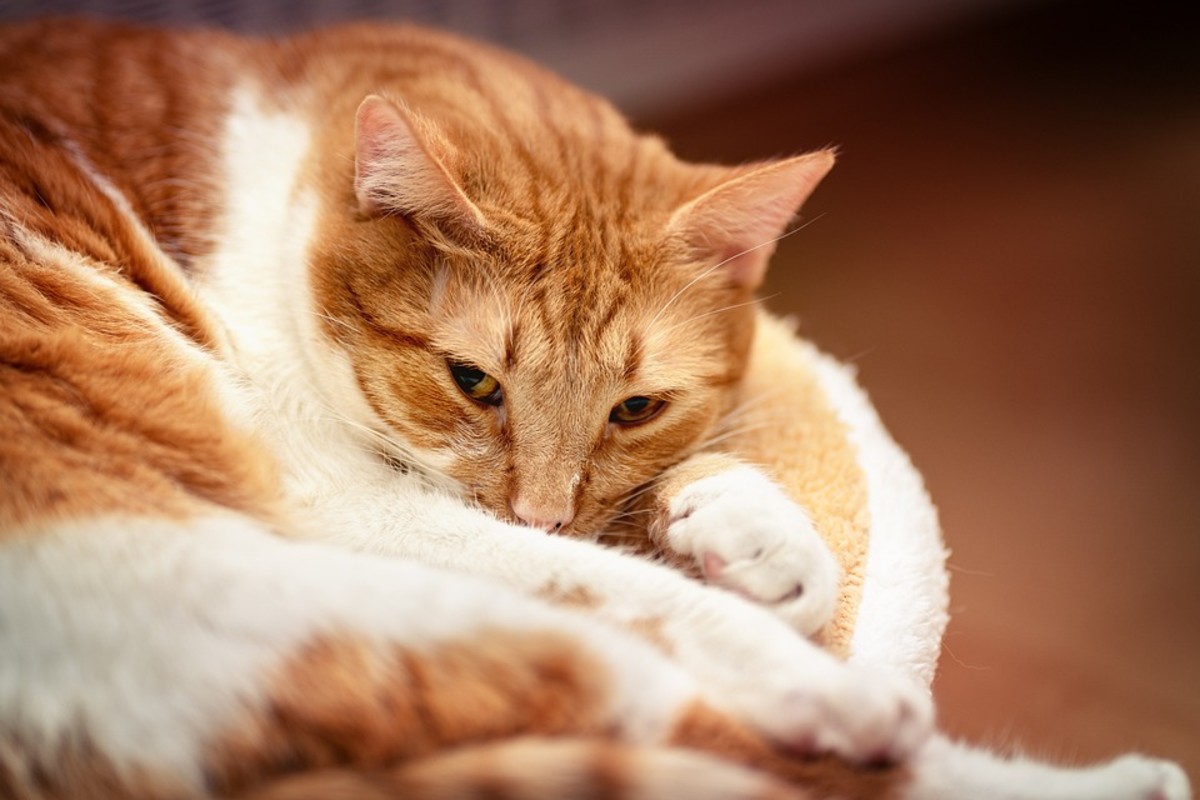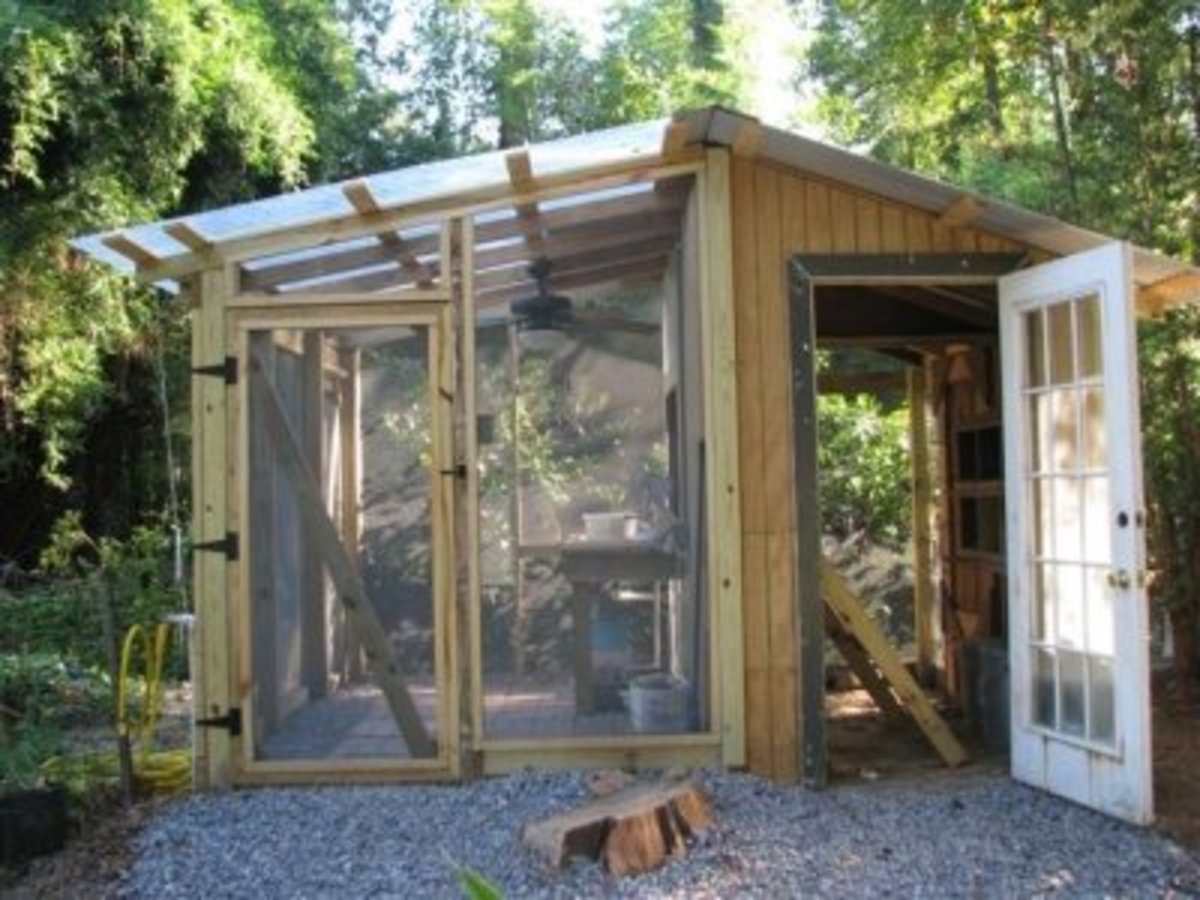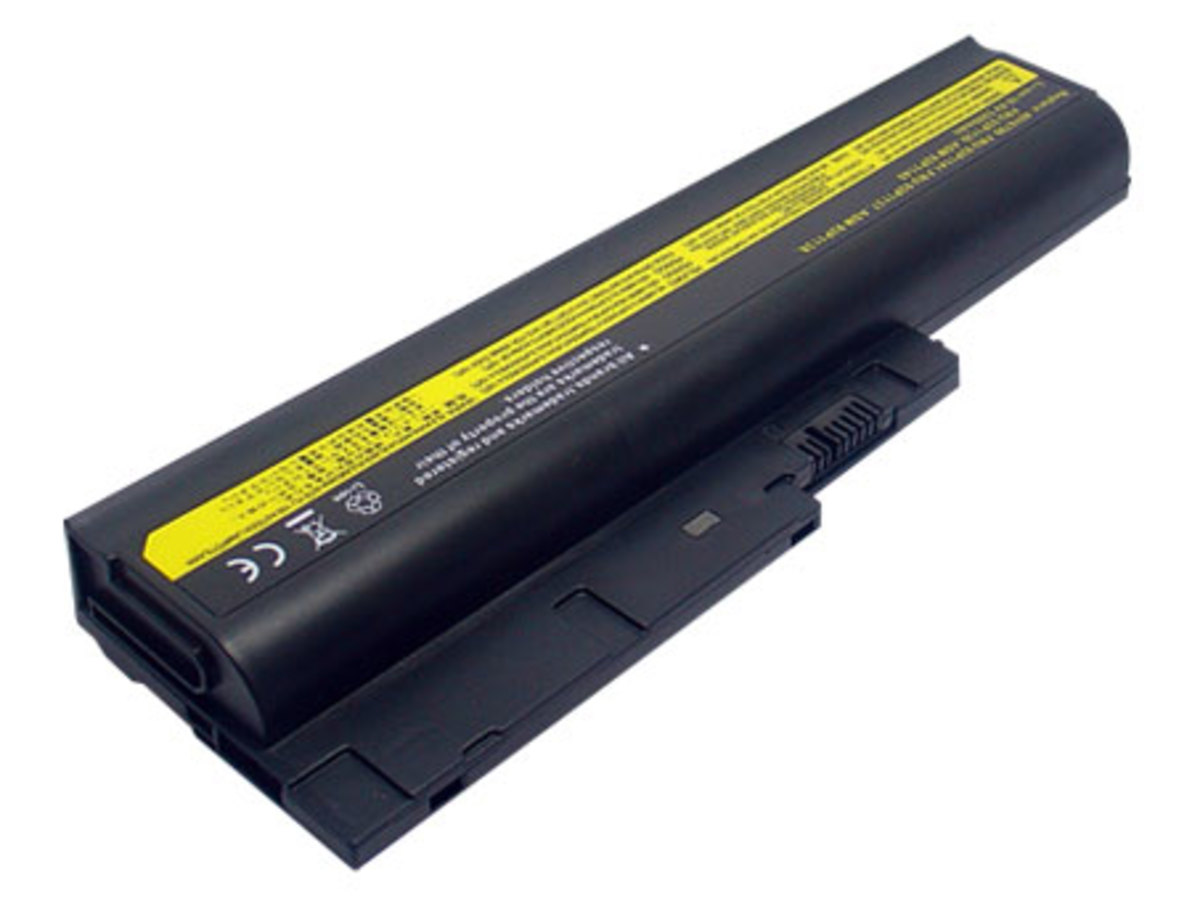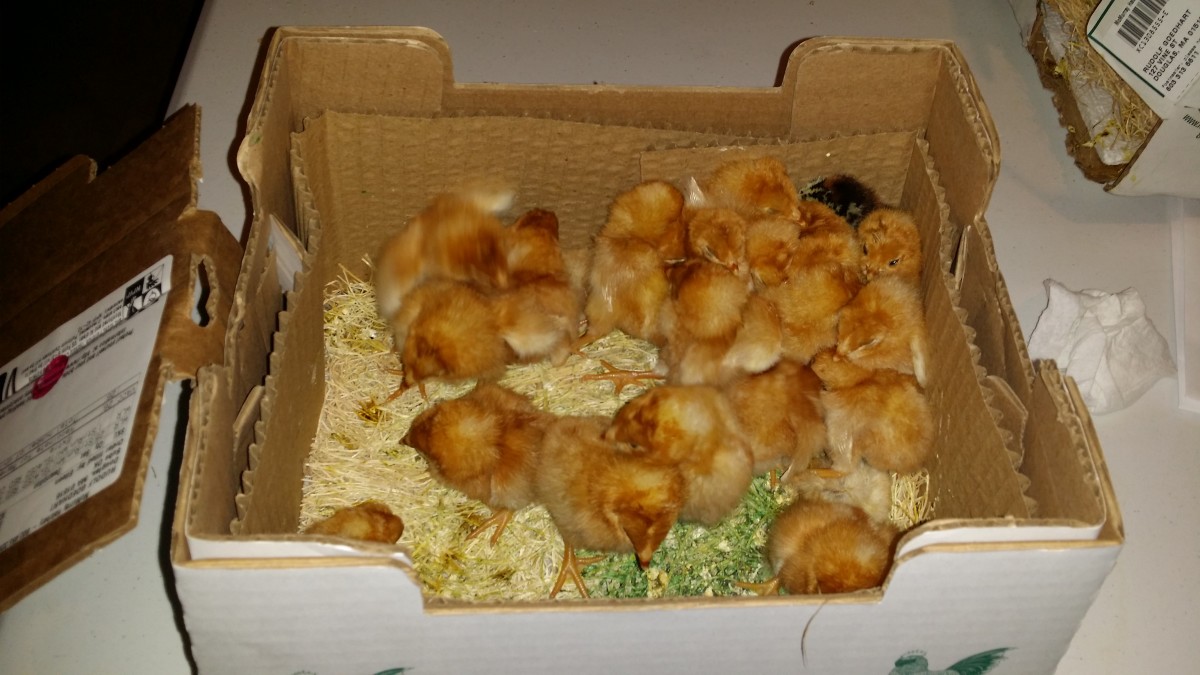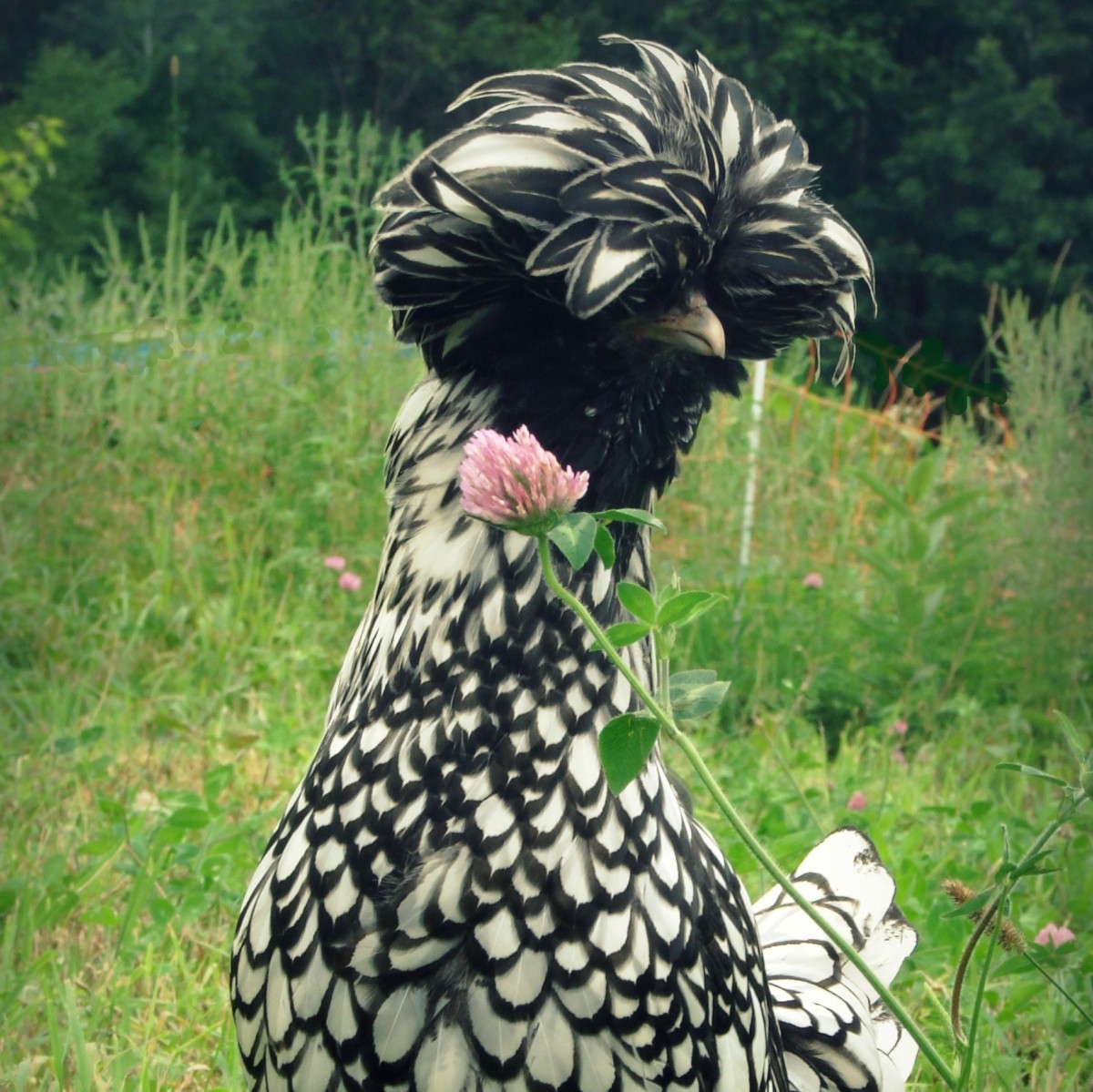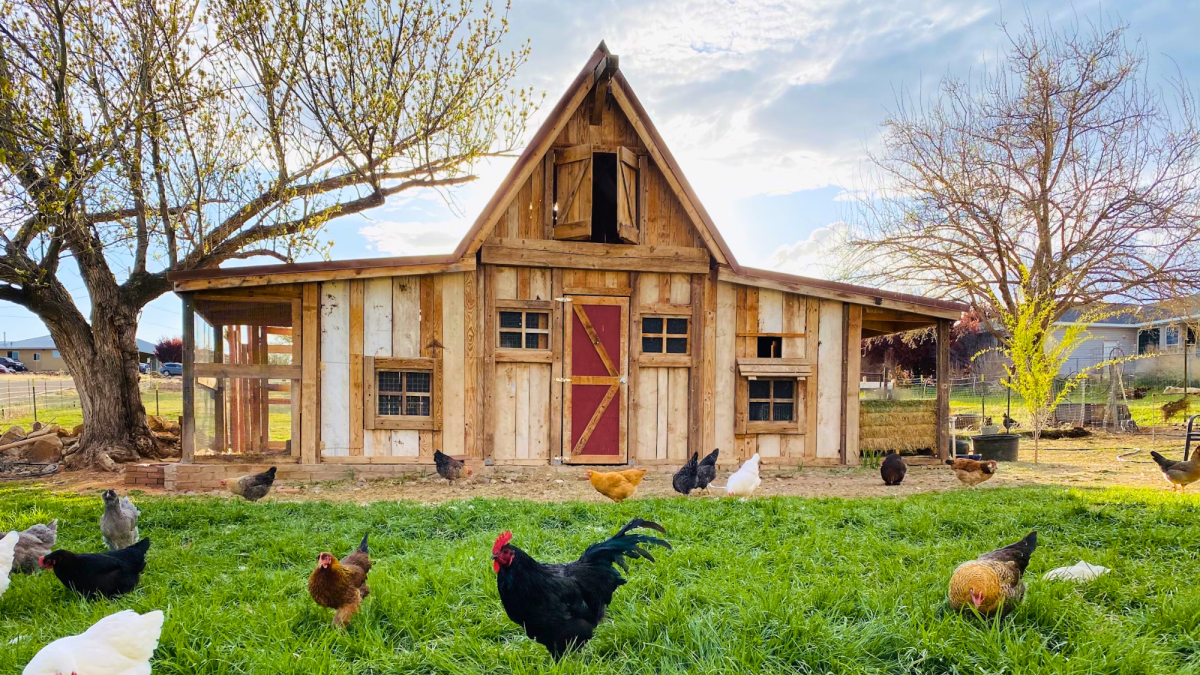- HubPages»
- Pets and Animals»
- Farm Animals & Livestock»
- Hens & Roosters
Keep your Coop Cosy this Winter
Cumfy Pets Coop Cover
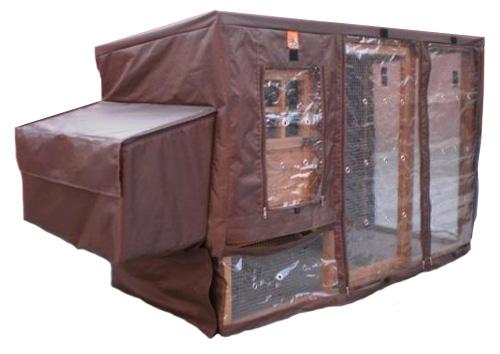
I got our coop cosy out of the shed at the end of October anticipating the cold wintry blasts that we are used to in the UK, but this has been a very mild winter so far, and with average temperatures around 13 degrees it’s positively balmy. London tends to be warmer than the countryside as lots of warm air is trapped under the London air and so far I haven't even woken to a frost.
This mild weather won’t last for long and soon we will see the rain, sleet, hail and snow that we are used to and so it is wise to protect your hens before the weather turns really nasty. The manufacturers of our small coop also make a coop cover, or coop cosy as I like to call it. It is made from clear plastic and maroon colored tent material and fits snugly over the coop. It has zips and flaps that correspond with the openings of the coop for easy access for cleaning and collecting eggs and has plenty of ventilation. It will keep the worst of the weather away from our hens and keep a nice dry area where they can continue to dust bath. As it is a perfect fit and a pleasing color it also complements our garden, if you can see your coop from your house (as we clearly can), it's an added bonus to have something aesthetically pleasing. Only today we experienced gale force winds and sideways rain, but with the cover over the coop the girls were sheltered from the worst of it and the inside run remained warm and dry.
If you cannot get a cover that is specifically made for your coop then some tarpaulins with bungee hooks are available. An added bonus with these made specifically for coops is that they can also provide UV protection and can be used all year round. You can also improvise with lengths of tarpaulin and cable ties, but it may not be very pleasing to the eye, however if this is your only option the welfare of your hens far outweighs aesthetics.
For bigger coops, or ones without specialist covers try insulating using old duvets or blankets and stapling them to the walls inside the coop. By insulating your coop on the inside and mounting a protective cover on the outside draughts will be reduced and the temperature inside should remain warm enough throughout the winter months. Beware of closing up all of the ventilation holes as you will then prevent moisture loss, if the air inside the coop is a little below freezing and damp through a lack of adequate ventilation, then frostbite can occur. Keep moisture down by cleaning regularly as there is a lot of moisture in chicken droppings. During a severe cold snap remove the droppings daily and make sure the bedding is dry and add more bedding than usual for extra warmth.
You will probably find that with adequate covering and insulation you hens will be warm enough. However if this doesn’t work, or the winter is particularly fierce, electric heating can be used to raise the temperature in your coop, but make sure you are safe as coop fires do happen and can be devastating. Make sure your electrics are sound and that the heat source cannot touch the coop bedding. Coop heaters can be expensive to run, whereas a light bulb will be much cheaper as most of the energy is emitted as heat. Run the light bulb during the day and switch it off at dusk as when your birds go to bed they will help keep the temperature steady.
Last winter I heard of friends losing hens due to adverse weather, perching too close to the pop hole or on the end of a row and sadly freezing to death. I have to admit I am worried for Speckles as she seems to have started her moult right now, just when she will need all the insulation she can get. If the weather gets as cold as last winter then I plan to layer newspaper with cosy coop bedding (recycled dry wood chips) so that warm air will be trapped in between the layers. I am also going to save as many of Speckles (clean) dropped feathers as possible to layer the bottom of the perching area and laying boxes for added cosiness. All three of my hens huddle together at nighttime, and don’t really bother with the perching bars instead all three prefer to squeeze into one laying box, and so I hope that featherless Speckles will be warm enough as the temperature drops.
It’s not necessary to measure the temperature in the coop and therefore become obsessed with it as long as you keep it clean and dry. You will soon notice if your girls are unhappy and you can give them more bedding. Last year I covered their combs with Vaseline (petroleum jelly) as extra protection against frostbite and it seemed to help.
Coop Heating products
© 2012 Nic Bouchard


